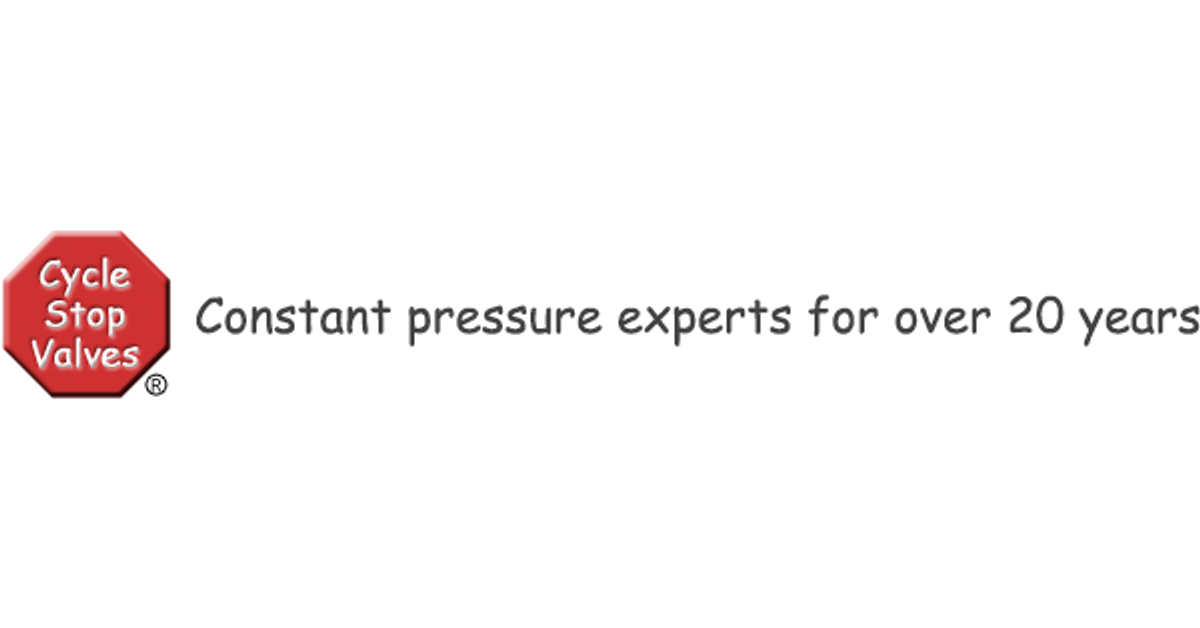fourwells
New Member
This year my main domestic well began producing more fine sediment than usual (most of my neighbors have some amount of sediment.) The well was drilled in 2000. It is 660ft and the old Jacuzzi Sandmaster pump had been set at 360. I had a well/pump company pull the pump, inspect the casing, swab develop the well, and install a new pump with a sleeve over it. In the warm weather season the well produces about 6gpm after 12 hours of testing. Static is around 300ft and the new pump was re-set at 440. Other than the sediment, the water quality is good. Some tannins but other than that doesn't need much treatment.
During redevelopment of this well, the flow was throttled back to 5gpm at the well head and the well ran on a timer: 1hour on/1 hour off for three days. This was two months ago. The timer was removed and I have been advised to keep the throttle on at 5gpm primarily because the back pressure will reduce the amount of sediment I'm pulling and because the flow is less than my well gpm.
Since that time I have installed a 5,000 gallon storage tank and booster pump. The tank is filled with a mechanical float. For the initial fill I am using an irrigation hose/timer that flows at about 3gpm for 40 minutes. I noticed my filters would clog a bit after these fill sessions; this well is still used for domestic supply until my booster pump is wired next week. To address this I dropped each fill to 20-25 minutes and noticed improvement in the amound of sediment I'm pulling up.
Questions: 1. Do you agree that applying back pressure to the well pump would decrease the amount of sediment drawn up? 2. Would you argue that back pressure on the pump can increase the amount of sediment? 3. Is constant back pressure good for the pump long term? 4. Would it make sense that when I reduced the time for each of my fill cycles, I drew in less sediment (I've made the change a couple days ago)? 5. If Q4 is plausible, would it make sense to add a 240v timer to my well pump so that when the float is open, I only fill in say, 15 minute increments? (Theory being as well refills, the sediment would have time to sink.)
Finally, a thank-you is in order since this is my first time posting. I have four wells on my property (and one dry hole). No real experience with wells, or even plumbing for that matter until I bought this place 4 years ago. We've had a lot of water issues this summer and it is downright frightening. I appreciate all of you who contribute. I often find diagnoses/solutions in these forums, not just for the wells, but other things like replacing a recirc pump on a tankless heater. Most importantly I know I'm not alone! Thank you.
Looking forward to your ideas.
During redevelopment of this well, the flow was throttled back to 5gpm at the well head and the well ran on a timer: 1hour on/1 hour off for three days. This was two months ago. The timer was removed and I have been advised to keep the throttle on at 5gpm primarily because the back pressure will reduce the amount of sediment I'm pulling and because the flow is less than my well gpm.
Since that time I have installed a 5,000 gallon storage tank and booster pump. The tank is filled with a mechanical float. For the initial fill I am using an irrigation hose/timer that flows at about 3gpm for 40 minutes. I noticed my filters would clog a bit after these fill sessions; this well is still used for domestic supply until my booster pump is wired next week. To address this I dropped each fill to 20-25 minutes and noticed improvement in the amound of sediment I'm pulling up.
Questions: 1. Do you agree that applying back pressure to the well pump would decrease the amount of sediment drawn up? 2. Would you argue that back pressure on the pump can increase the amount of sediment? 3. Is constant back pressure good for the pump long term? 4. Would it make sense that when I reduced the time for each of my fill cycles, I drew in less sediment (I've made the change a couple days ago)? 5. If Q4 is plausible, would it make sense to add a 240v timer to my well pump so that when the float is open, I only fill in say, 15 minute increments? (Theory being as well refills, the sediment would have time to sink.)
Finally, a thank-you is in order since this is my first time posting. I have four wells on my property (and one dry hole). No real experience with wells, or even plumbing for that matter until I bought this place 4 years ago. We've had a lot of water issues this summer and it is downright frightening. I appreciate all of you who contribute. I often find diagnoses/solutions in these forums, not just for the wells, but other things like replacing a recirc pump on a tankless heater. Most importantly I know I'm not alone! Thank you.
Looking forward to your ideas.

